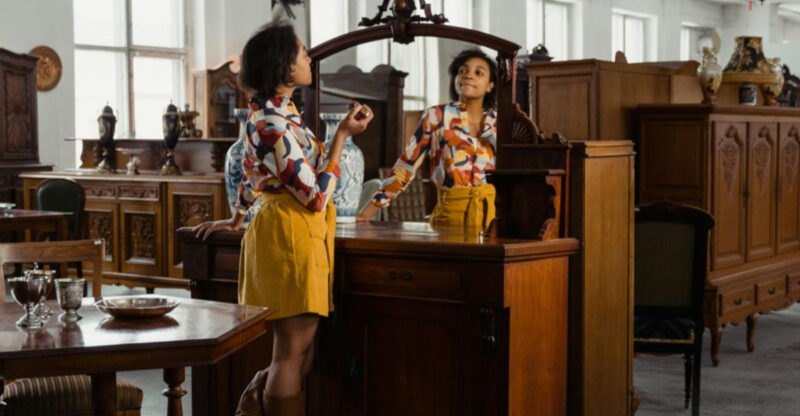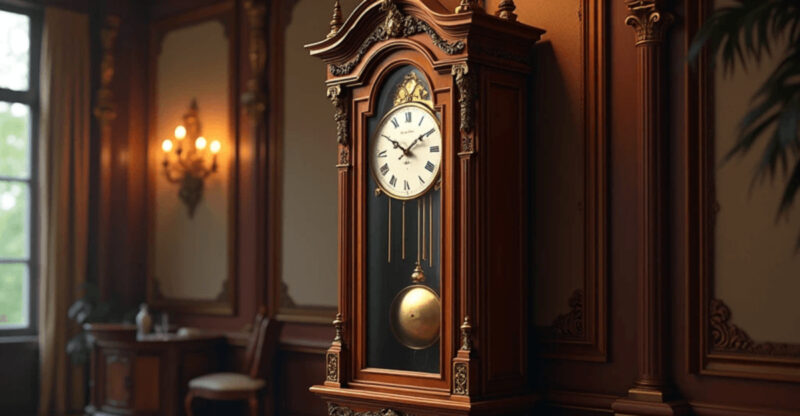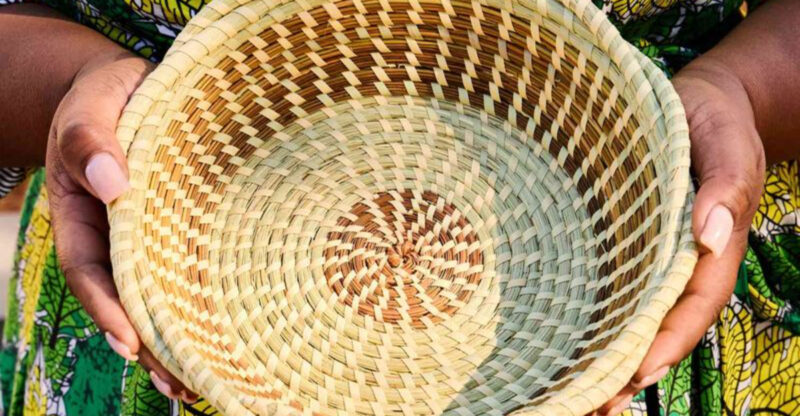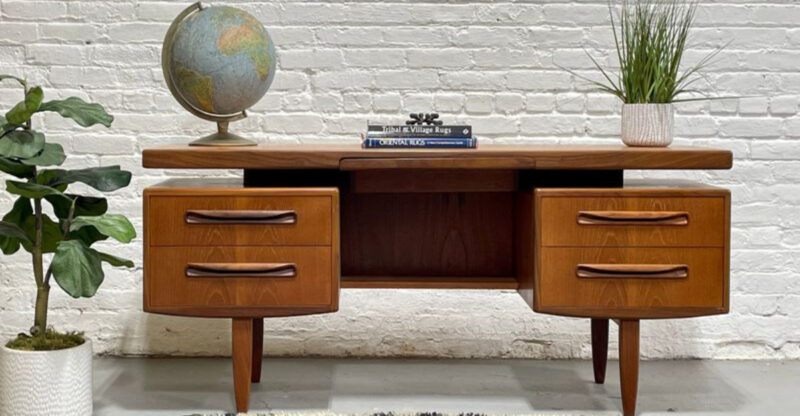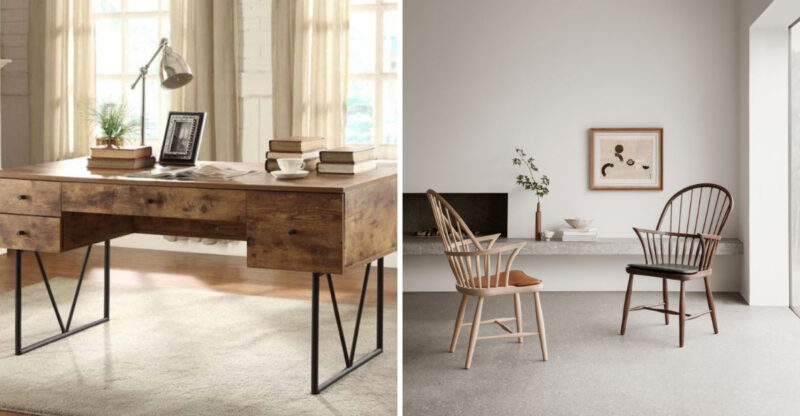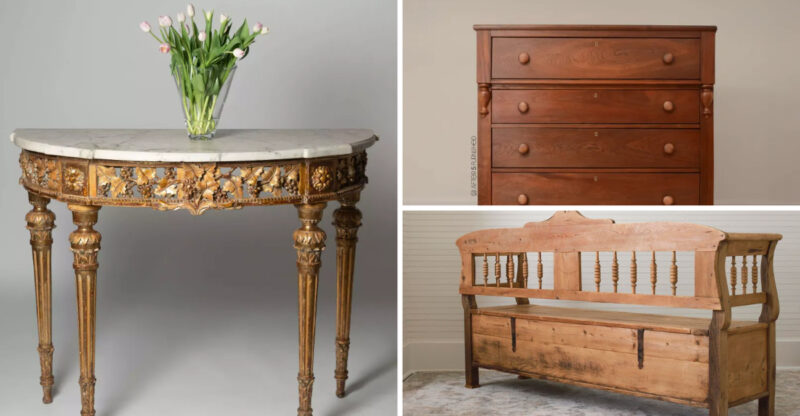4 Pennsylvania Antiques Found In Lebanon Homes That Could Fetch High Prices And 7 That Might Not Sell For Much
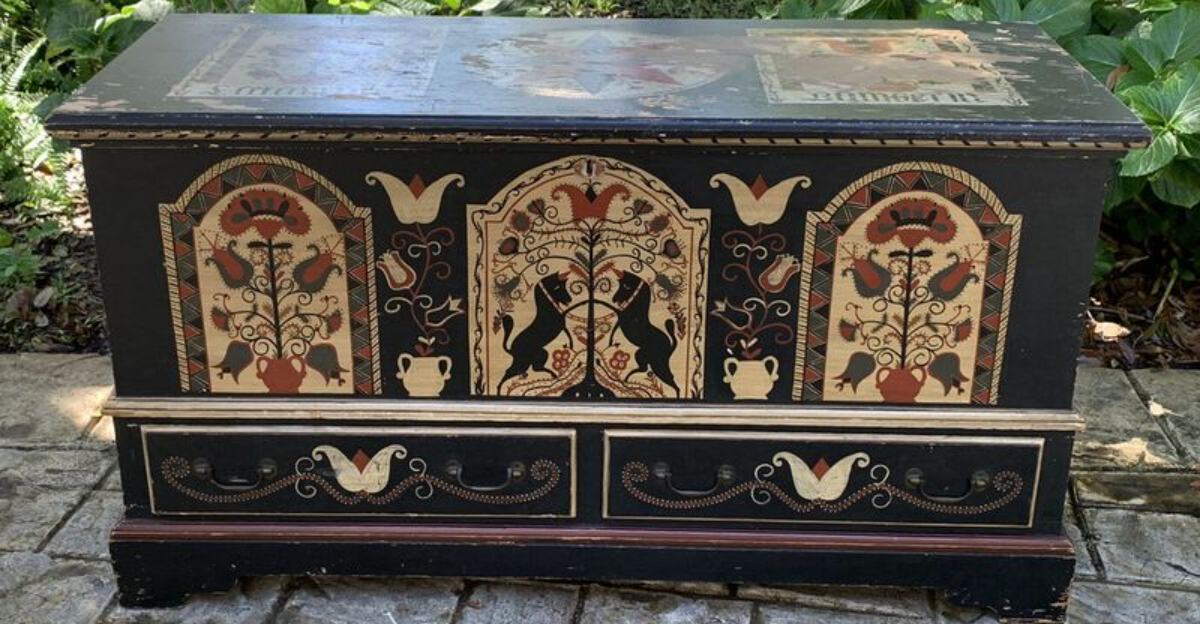
Hidden treasures often lie tucked away in Lebanon’s historic homes, whispering stories of Pennsylvania’s vibrant past. From intricately crafted furniture to folk art brimming with regional charm, some antiques can fetch remarkable sums among collectors eager for authentic pieces.
Yet, age alone doesn’t guarantee value.
While certain heirlooms hold significant worth, others struggle to attract serious buyers despite their vintage appeal. Knowing which pieces are truly prized – and which might disappoint – can make all the difference when deciding what to keep, display, or sell.
1. Tall Case Clocks (Grandfather Clocks)
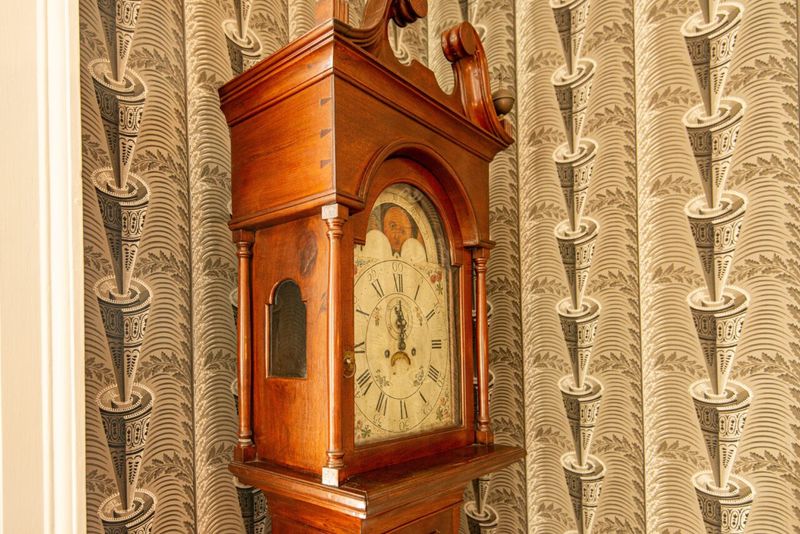
Majestic timekeepers crafted by renowned Pennsylvania clockmakers represent significant investments for collectors. Tall case clocks from Lebanon County workshops often feature distinctive local characteristics in their woodwork and faces.
The provenance matters tremendously with these pieces. Clocks signed by makers like Jacob Graeff or George Derr can command five-figure sums when authenticated properly.
2. Redware Pottery With Decorative Glazes
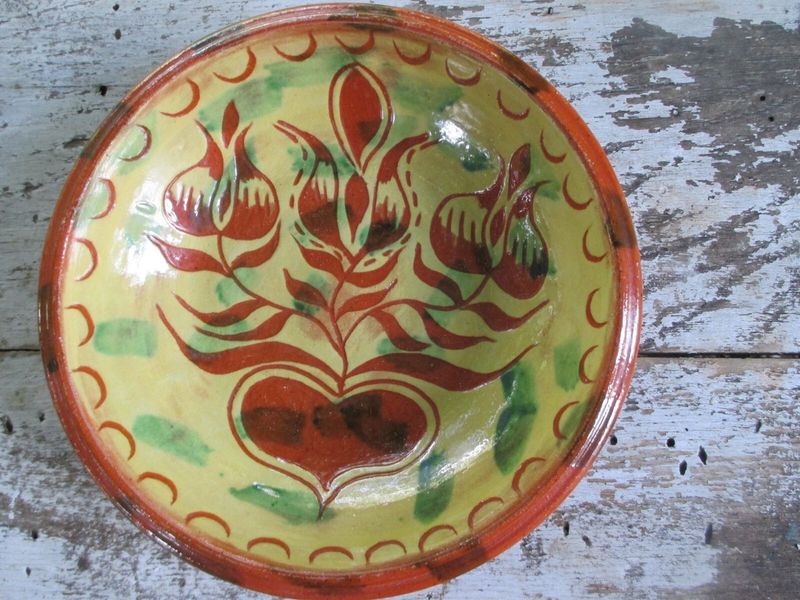
Earthy clay transformed into practical art tells the story of early American life. Pennsylvania redware pottery features distinctive glazes and sgraffito decoration that makes it immediately recognizable to collectors.
Pieces from the 18th and 19th centuries by known potters can bring substantial returns. The warm terracotta color with green, yellow, or black glazed designs particularly appeals to folk art enthusiasts.
3. Early Fraktur Artwork
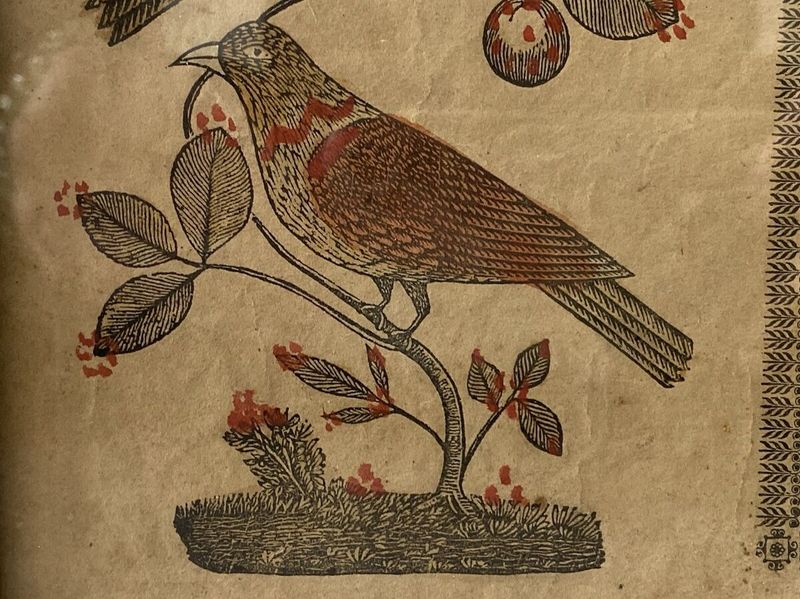
Delicate hand-drawn documents showcase Pennsylvania German artistic traditions in their purest form. Fraktur artwork combines calligraphy, colorful illustrations, and religious or family records.
These paper treasures from the 18th and 19th centuries can be extraordinarily valuable. Birth certificates, marriage records, and family Bibles with fraktur illustrations frequently sell for thousands when their condition is good.
4. Pennsylvania Dutch Painted Furniture
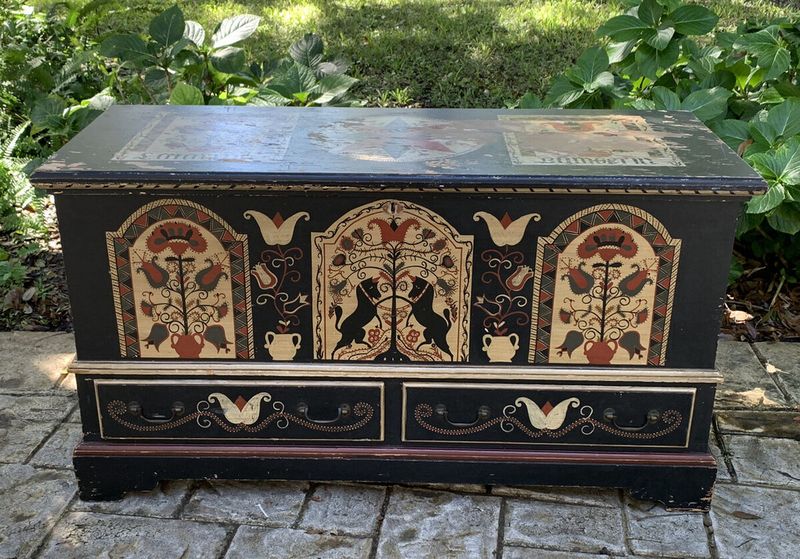
Vibrant folk art adorns these distinctive pieces, making them highly sought after by serious collectors. Pennsylvania Dutch painted furniture features colorful motifs of birds, flowers, and geometric patterns.
Dating back to the 18th and 19th centuries, these handcrafted treasures can fetch thousands at auction. Look for original paint and minimal restoration for maximum value.
5. Pressed Back Chairs
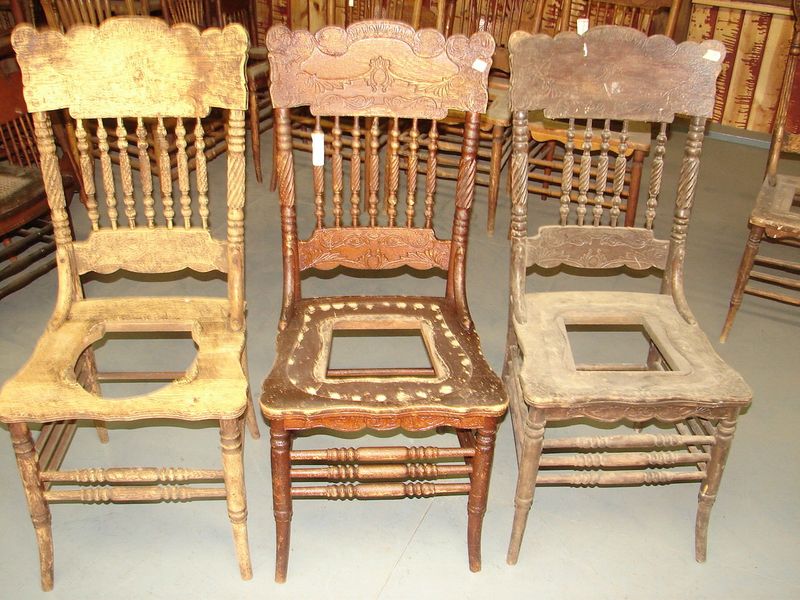
Common fixtures in many Pennsylvania households rarely excite serious collectors these days. Pressed back chairs were mass-produced during the late 19th century, making them abundant in the antique market.
Their ubiquity drives prices down significantly. While charming with their embossed patterns, these oak dining chairs typically sell for under $100 each unless part of a complete matching set.
6. Depression Glass
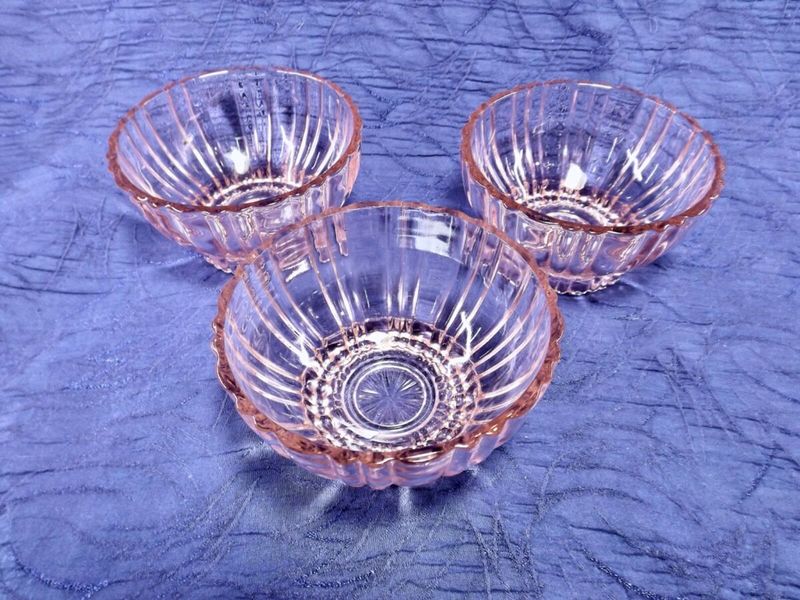
Colorful glassware brightens many Lebanon cupboards but rarely brightens sellers’ bank accounts. Depression glass was mass-produced during the 1930s as affordable tableware, often given away as promotional items.
While certain rare patterns command decent prices, most pieces fetch modest sums. The pink, green, and amber dishes that grandma cherished typically sell for $10-30 per piece in today’s saturated market.
7. Victorian-Era Eastlake Furniture
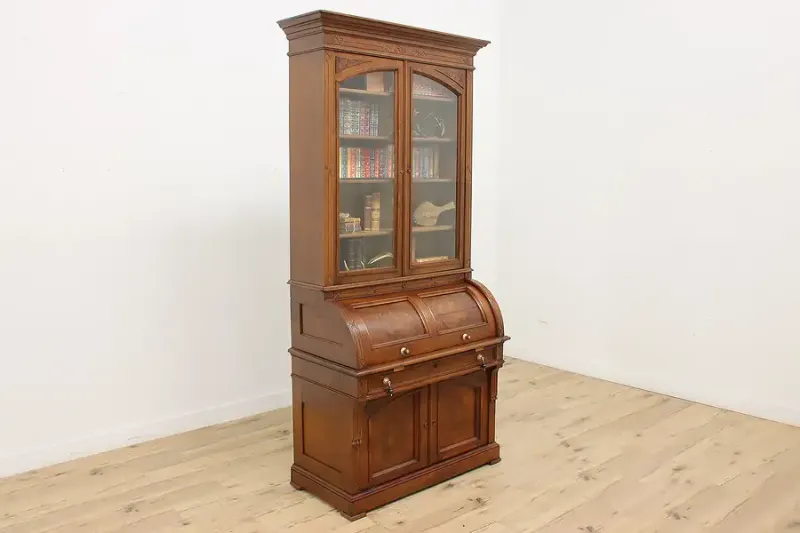
Ornate details characterize these once-fashionable pieces that have fallen from collector favor. Victorian Eastlake furniture features geometric patterns, incised lines, and angular designs that were popular in the late 1800s.
Market trends have not been kind to these dark, heavy furnishings. What once furnished Lebanon’s finest homes now struggles to find buyers, with dressers and sideboards often selling for a fraction of their craftsmanship value.
8. Common Crocks And Stoneware
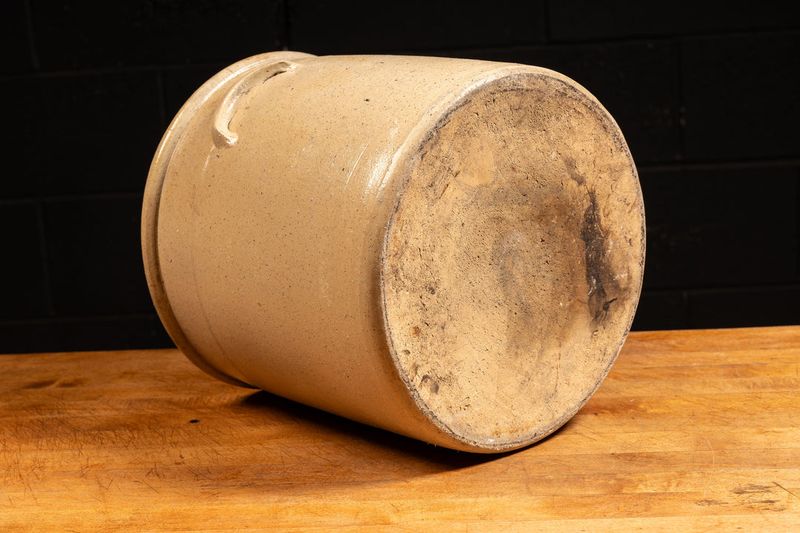
Utilitarian pottery pieces once stored everything from pickles to butter in Pennsylvania kitchens. Stoneware crocks with simple cobalt decorations were workhorses of 19th century households throughout Lebanon County.
Basic examples without distinctive markings remain plentiful. While specialized collectors might pay premium prices for rare maker’s marks or unusual decorations, ordinary crocks typically sell for $50-150 regardless of age.
9. Vintage Quilts In Poor Condition
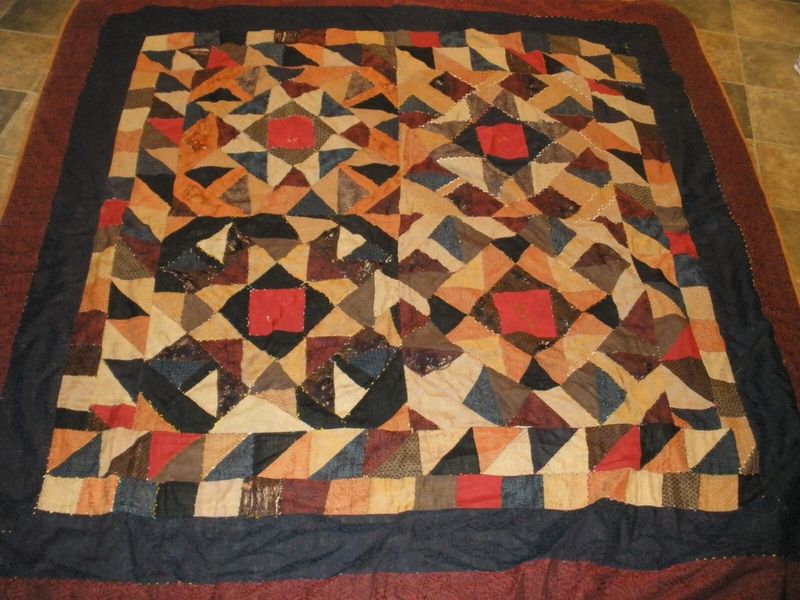
Faded fabric treasures often hold sentimental value that exceeds their market worth. Vintage Pennsylvania quilts with stains, tears, or excessive wear rarely appeal to serious collectors despite their handcrafted origins.
Condition determines everything in textile collecting. Even intricate patterns like Wedding Ring or Log Cabin designs struggle to find buyers when damaged, with prices typically under $100 for quilts showing significant wear.
10. Milk Glass Decorative Items
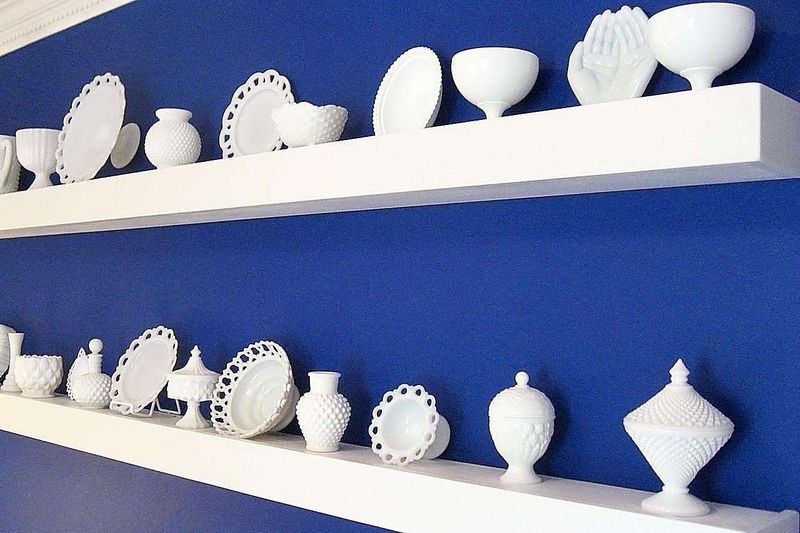
Creamy white collectibles crowd many Lebanon china cabinets but rarely excite today’s buyers. Milk glass reached peak popularity during the mid-20th century, with hobnail patterns and grape designs being particularly common.
Production numbers were enormous during its heyday. Decorative bowls, vases, and candy dishes that once graced every Pennsylvania home now typically sell for $5-20 per piece at estate sales, regardless of their age.
11. Mass-Produced Curio Cabinets
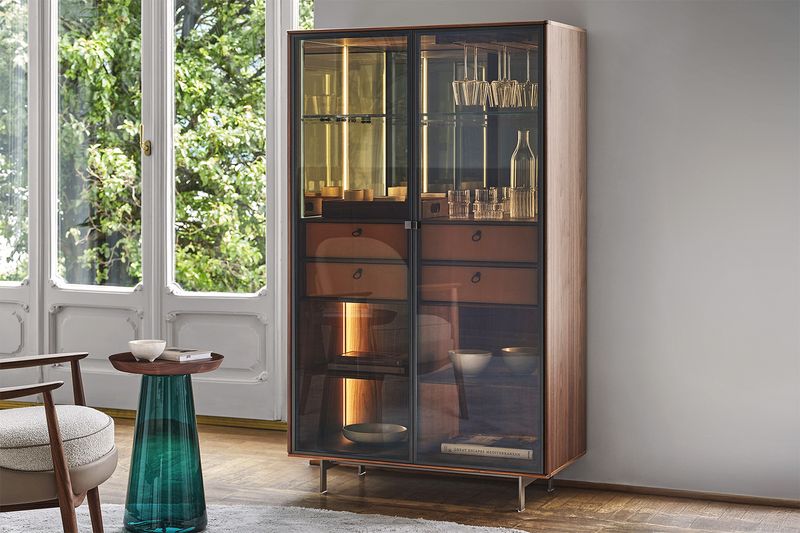
Factory-made display cases from the mid-20th century fill many Lebanon homes but empty most dealers’ wallets. Curio cabinets mass-produced after 1950 lack the craftsmanship and distinctive features that collectors value.
The market remains flooded with these items. Glass-fronted cabinets that originally sold for hundreds now struggle to fetch even $100 at estate sales, with dark finishes and dated styles particularly difficult to resell.

